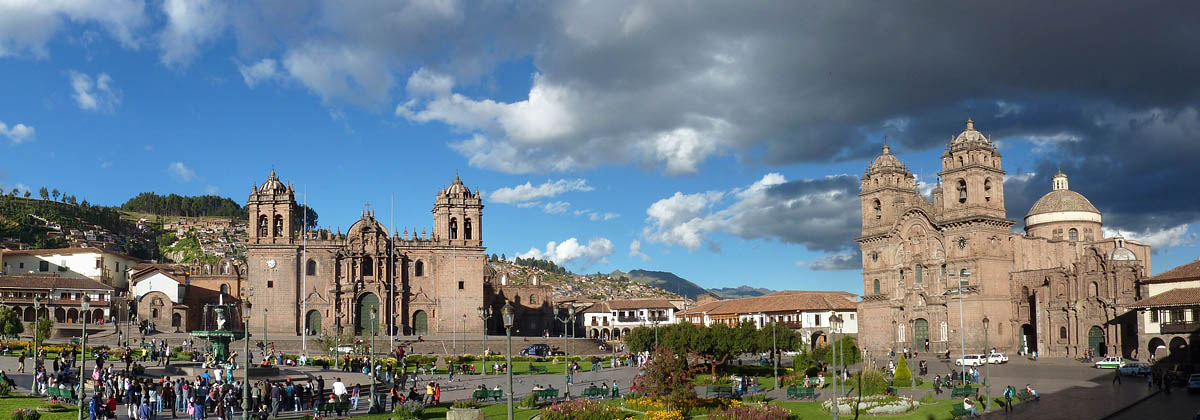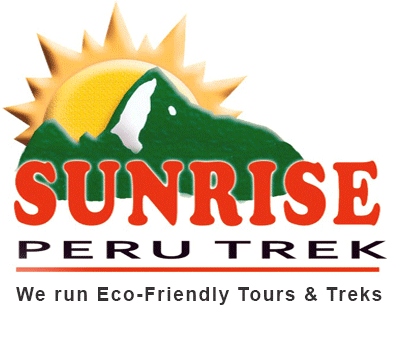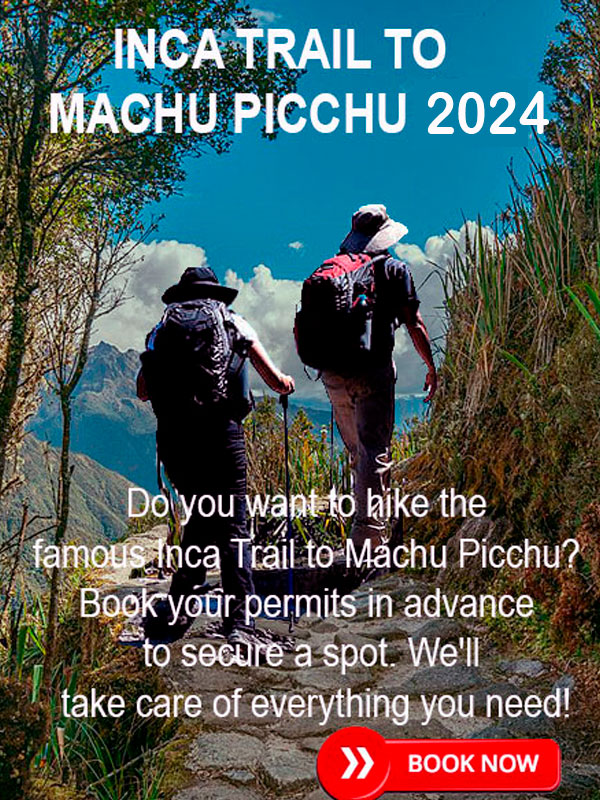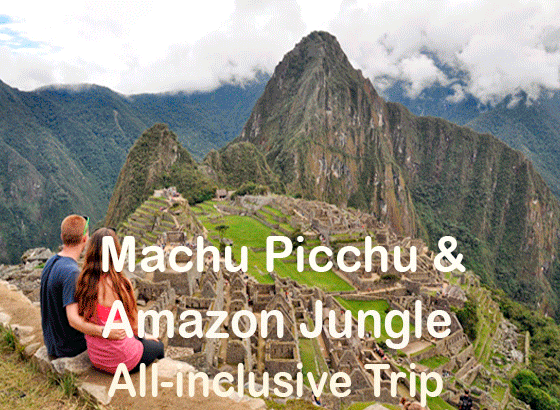THE CITY OF CUSCO IN PERU
The city of Cusco is a land of history, tradition and cultural!. For the people of Cusco, every day is nothing less than a celebration or jubilation. The festivals vary in terms of scale but most of them are attended by huge crowds who want to carry forward the rich legacy and rituals of their ancestors.
Cusco often spelled Cuzco is a Peruvian city located at 3,400 meters above sea level; it’s situated in the southern part close to the magnificent Inca archaeological site of Machu Picchu. In the 15th century, Cusco was the capital of the Inca empire, a wealthy city whose stone buildings, which still form the skeleton of the city, were chiseled and placed with astounding precision. Then in 1533, with the Incas weakened by civil war, Spanish soldiers showed up with rifles and horses to grab the gold and silver and slay those who resisted. They built a colonial capital atop the Incan city, constructing Catholic churches over the most revered Incan temples. Spain ruled until Peru won independence in the 1824.
The Imperial city of the Incas was developed as a complex urban centre with distinct religious and administrative functions which were perfectly defined, distributed and organized. The religious and government buildings were accompanied by the exclusive abodes for royal families, forming an unprecedented symbolic urban compound, which shows a stone construction technology with exceptional aesthetic and structural properties, such as the Temple of the Sun or Qoricancha, the Aqllahuasi, the Sunturcancha, the Kusicancha and a series of very finely finished buildings that shape the Inca compound as an indivisible unity of Inca urbanism. The noble city was clearly isolated from the clearly delineated areas for agricultural, artisan and industrial production as well as from the surrounding neighbourhoods. The pre-Hispanic patterns and buildings that shaped the Imperial city of the Incas are visible today.
Nowadays, the city’s population is 300,000 to 400,000, a blend of Spanish and native Quechua bloodlines, and Cusco’s stone skeleton is enveloped in one of the most muscular tourist economies in all of South America. Catering to jet-setters and backpackers alike, the city hums with swishy restaurants, cheap hostels, upscale boutiques, tacky souvenir shops and hundreds of posh hotel rooms, yet you still see “campesinos” bearing sheaves of barley or peddling embroidery on street corners. When the Southern Hemisphere’s winter solstice arrives each June, revelers take to the streets for the Inti Raymi festival.
Cusco is today an amazing amalgam of the Inca capital and the colonial city. Of the first, it preserves impressive vestiges, especially its plan: walls of meticulously cut granite or andesite, rectilinear streets running within the walls, ruins of the Sun Temple of which the Golden Garden, once covered with sculptures of precious metals, was pillaged by the Spanish soldiers to enrich the coffers of Charles V. Of the colonial city, there remain the freshly whitewashed squat houses, the palace and the marvelous Baroque churches which achieved the impossible fusion of the Plateresco, Mudejar or Churrigueresco styles with that of the Inca tradition.




